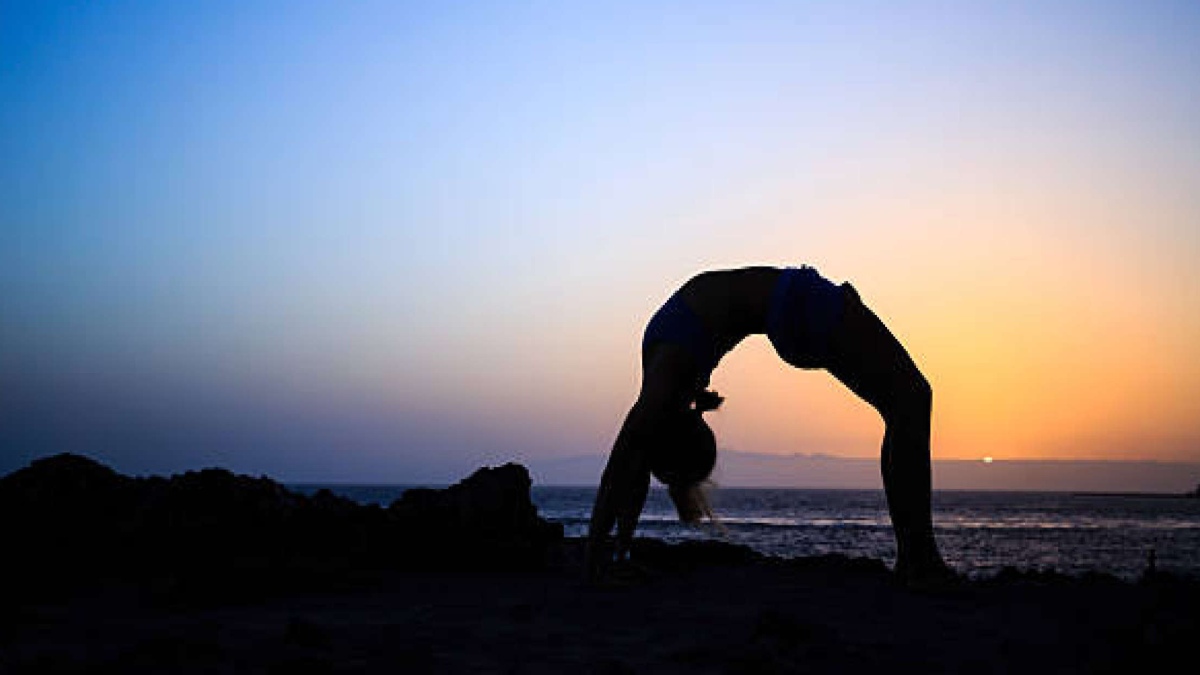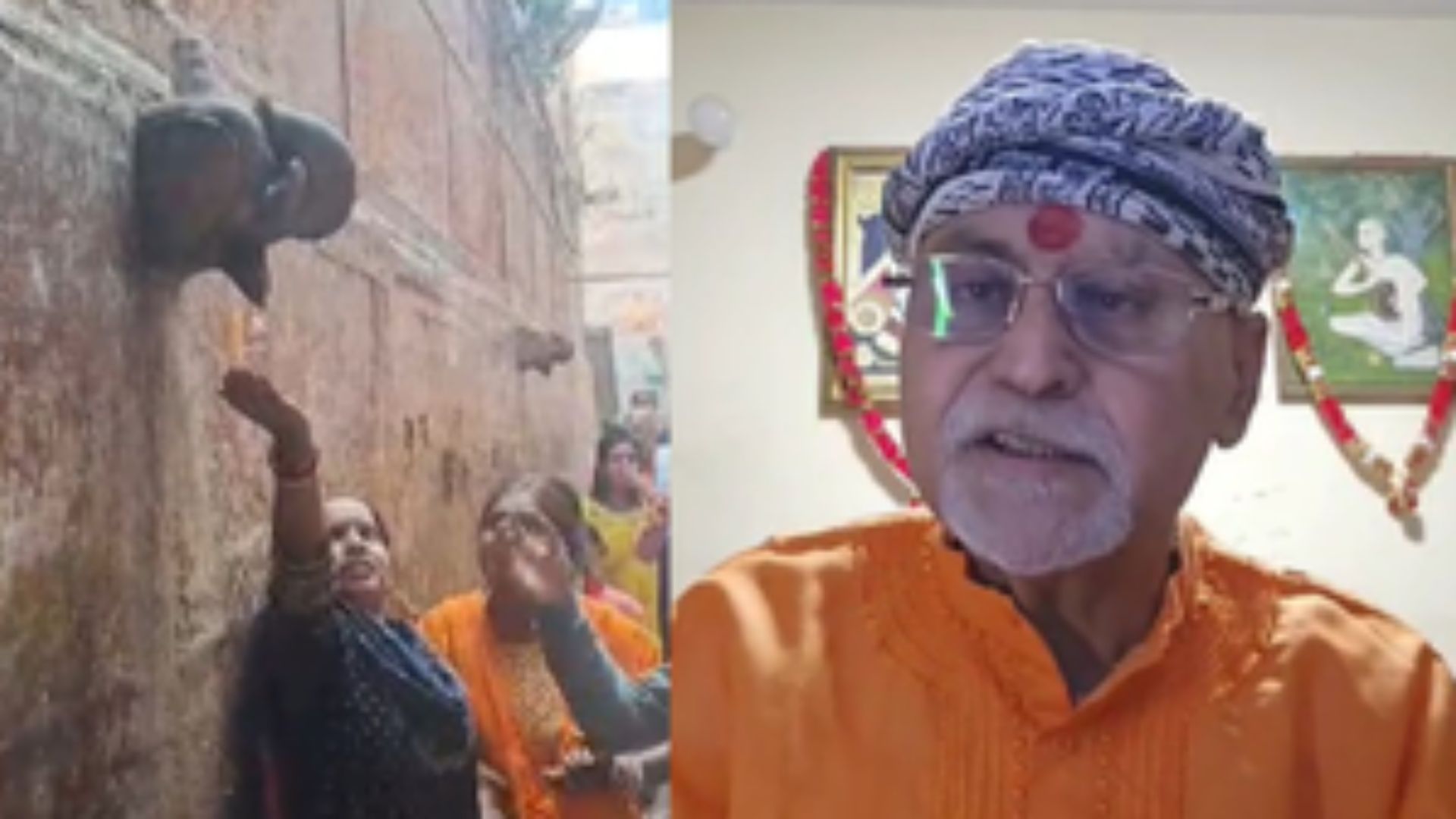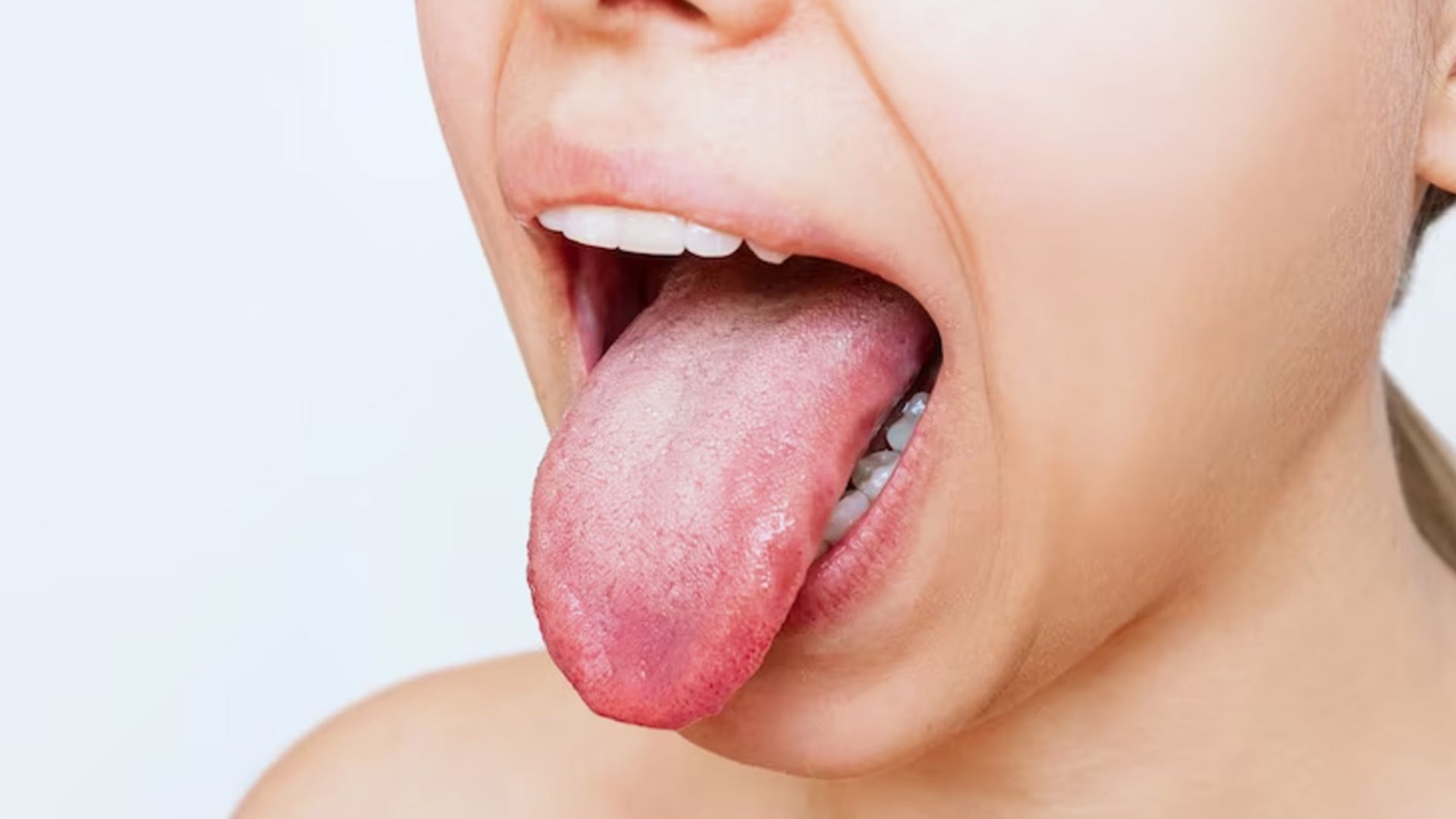
If we notice, most of us before falling sick with a running nose or sneezing would have a recent history of sleeping at odd hours, working late nights, official deadlines, continuous travels, irregular food habits or an increased stress level due to personal or professional situations. It is only right then to focus on preventive practices and practices that will help keep our immunity boosted and support the body’s natural ability to fight any kind of illness.
Maharishi Patanjali says, “Heyam Dukham Annagattam”, the purpose of Yoga is to get rid of misery even before it comes. Normally until the body shows signs of sickness, we do not consider the person sick; whereas in Yoga, we believe that the sickness begins much earlier at the level of our Bliss (Anandamayakosha) and then affects the state of Mind (Manomaya kosha) and eventually appears as symptoms in the Body (Annamaya kosha). So the first sign of sickness is actually the reduction in joy, enthusiasm, positive energy and our ability to relax. Hence these are early signals to restore the lost balance in the body, mind and soul. This is the time when we must increase the flow of prana (life force energy) in the body along with relaxing the mind through Asana, Pranayama and Meditation.
Yoga is known to be one of the most effective natural immunity boosters. Recent research published in the Journal of Behavioural Medicine suggests that yoga can be a helpful way to boost your immune system and decrease inflammation in the body.
Regular Yoga practice can effectively lower stress hormones, strengthen the nervous system, stimulate the lymphatic system, while also removing the toxins from the body. Some kind of daily Yoga practice can reduce anxiety and calm the mind, thereby enhancing the quality of sleep. Good sleep is healing and is the biggest contributor to maintaining a healthy immune system.
Below are a few Yoga practices for boosting immunity and prevention of Covid-19:
This Sri Sri Yoga protocol consists of Asanas, Pranayama and Meditation. The asanas (Yoga poses) listed in this protocol can be divided into categories like inversions, twists and chest expanders.
Any inversion asanas, will help the blood flow and stimulate better functioning of the lymphatic system leading to drainage of toxins, thereby strengthening the immunity. The primary function of the lymphatic system is to transport lymph, a fluid containing infection-fighting white blood cells, throughout the body. Inversions also particularly help release congestion in our sinuses and lungs, making them less susceptible to infections. Due to improved blood flow to the brain, there is a natural sense of relaxation and calmness in the mind that follows all such practices. However, people with hypertension and may avoid inversions or practice under expert supervision.
Asanas like Hastapadasana or Ardha-uttanasana (Standing forward bend), Adho Mukha Svanasana (Downward Dog), Sarvangasana (Shoulder Stand) or Viparita Karani (Leg Lifts) will help in blood flow throughout the body.
The digestive system has an important role to play in strengthening our immunity. According to Ayurveda, poor digestion and an ill-maintained digestive tract lead to building up mucus (ama) and phlegm (kaph) that eventually affects the mind and also congests the lungs. By including some tummy compressing poses and twists in our asana practise, we can increase circulation to the stomach, intestines, kidneys and other internal organs to stimulate better digestion and release of built-up toxin there.
Vakrasana or Ardha Matsyendrasana (Sitting spinal twist), Natrajasana (Supine spinal twist), Shishuasana (Child pose), Pawanmuktasana (wind release pose) and Paschimottanasana (Seated forward bend)will all help you achieve these benefits.
Those asanas that help expand the chest are great for increasing the volume in the thoracic cavity and blood flow around the lungs, thereby protecting the lungs against infections. Asanas like Matsyasana (Fish Pose), Bhujangasana (Cobra), Dhanurasana (Bow Pose), Ardhachakrasana (Standing Backbend) and Setubandhasana (Bridge Pose) are great chest expanders to be added to your daily Yoga practice.
While asanas play a very important role in the prevention of sickness in the body, Yoga’s benefits are far wider and extend to all dimensions of our being. Breathing exercises directly impact the health of our lungs and related organs of breath, making them a vital practice for the prevention of diseases and fostering overall wellbeing. Pranayamas not only train our lungs to maximise its breathing capacity but also fills our mind with calm, positive and uplifting energy.
Practices like Three-Stage Pranayama and Bhastrika taught on the Art of Living’s Happiness Course can benefit the respiratory tract and strengthen the respiratory system, while Nadi Shodhan Pranayama (alternate nostril breathing) helps decongest the sinuses and clear nasal passages. Sinuses are known as the body’s first line of defence against any infection, so keeping them drained and healthy will protect us from external attacks.
Here we must mention the importance of Jal-Neti (saline nasal wash). A recent study suggested that those who irrigated their nasal passage with salt water daily experienced a significant reduction in colds and allergies.
Finally, to remain healthy not just in the body but also in mind and spirit, we have to keep our stress levels down. Stress leads to weakening the immune system and the body’s natural ability to defend itself. Meditation is the easiest and most effective way to help ease anxiety and reduce stress. There are numerous studies to show that just twenty minutes of daily meditation can decrease blood cortisol levels and increase endorphins causing a positive and happy state of mind.
As Gurudev Sri Sri Ravi Shankar says,“A strong mind can carry even a weak body but a weak mind cannot carry even a strong body”.
Make asana, pranayama and meditation the most important part of your daily life to keep your immunity up against viruses that the world today is afflicted from.
Here is a daily sequence of home practice for all:
• Deep Sectional Breathing – 5 to 7 breaths each
• Bhastrika (Bellows Breath) – 2 rounds of 20 breaths
• Marjari Asana (Cat Pose)
• Ardhachakrasana (Standing Backbend)
• Hastapadasana or Ardhauttanasana (Standing forward bend – Hand to knee/toe)
• Trikonasana (Triangle Pose)
• Ardha Matsyendrasana or Vakrasana (Seated half spinal twist)
• Paschimottanasana (Seated forward bend)
• Shishuasana ( Childs Pose)
• Bhujangasana (Cobra Pose)
• Dhanurasana (Bow Pose)
• Adhomukhswanasana (Downward Dog Pose)
• Setubandhasana (Bridge Pose)
• Sarvangasana or Vipritkarni (Shoulder stand or simple leg lift)
• Matsyasana (Fish Pose)
• Natarajasana (Supine spinal twist)
• Pawanmuktasana (Wind-release Pose)
• Yog Nidra (Relaxation)
• Nadishodhan Pranayama (Alternate Nostril Breathing) – 5 mins
• Guided “Panch Kosh” Meditation by Gurudev Sri Sri Ravi Shankar available on YouTube.
A regular yoga practice can result in better health, know that it is not a substitute for medical treatment. In the case of a medical condition, practice yoga postures after consulting a doctor and under the supervision of a trained Sri Sri Yoga Teacher.
The author is CEO at the Art of Living’s Sri Sri School of Yoga and Secretary-General of the Indian Yoga Association. He was recently appointed as advisor of Yoga at the department of Ayurveda, Himachal Pradesh.















